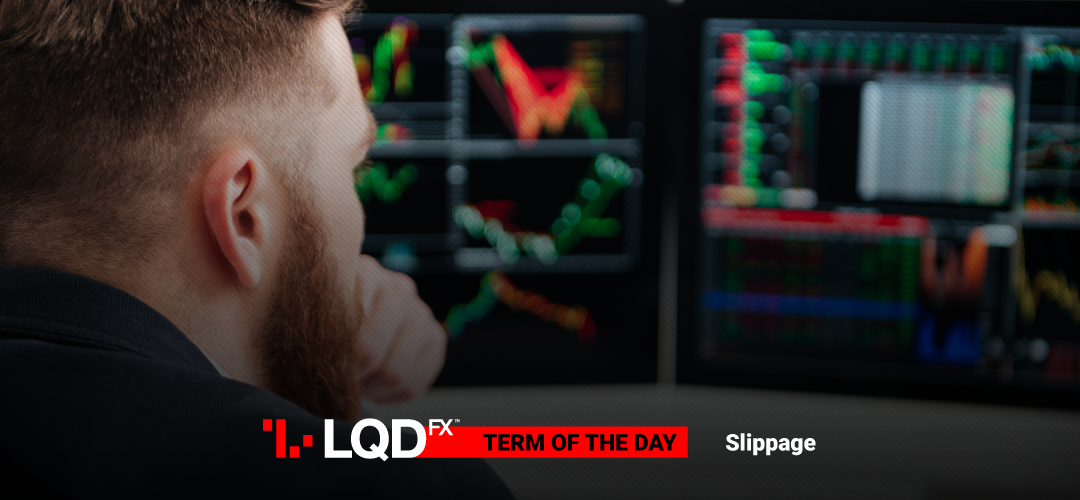Let’s define slippage
Slippage is the difference between the expected price and the executed price. It usually occurs when a trader places an order under the following circumstances: there is high volatility or there is a high-volume of orders to be executed.
Anyone who trades can experience slippage.We cannot directly link it with good or bad trader skills or broker’s reliability. However, there are tools and strategies to limit slippage.
And, it is not necessarily a negative thing. Sometimes, it can occur in trader’s favour and increase profit.
But, let’s see how it works. As we have already mentioned high volatility can cause slippage. When there is high volatility in a market, then the liquidity is low, and the market prices fluctuate rapidly. As the liquidity is low, the liquidity provider may complete the trade at the next best price, unless there is a limit order.
Another case is when there is a high-volume of orders to be executed. Speed is crucial in a market where prices change in milliseconds. This is why lightning-quick execution is one of the Top 10 qualities that a quality forex broker, as LQDFX, should have.
How to avoid slippage?
You cannot always avoid it, but you can reduce it to avoid big losses.
One way is to place a stop-loss order. Stop-loss order cuts off your transaction at an exchange rate that you predetermine when the market moves against the trade. This order prevents large losses; thus, it limits risk on a trade.
Another way to reduce slippage is to ensure that your FX broker works with several liquidity providers as we do.
Last, but not least, try to avoid trading during high volatility periods. Learn more about Volatility and how to measure it in the Forex market here.
Sources: LQDFX, Investopedia, Wikipedia, Merriam-Webster
PLEASE NOTE The information above is not investment advice.
